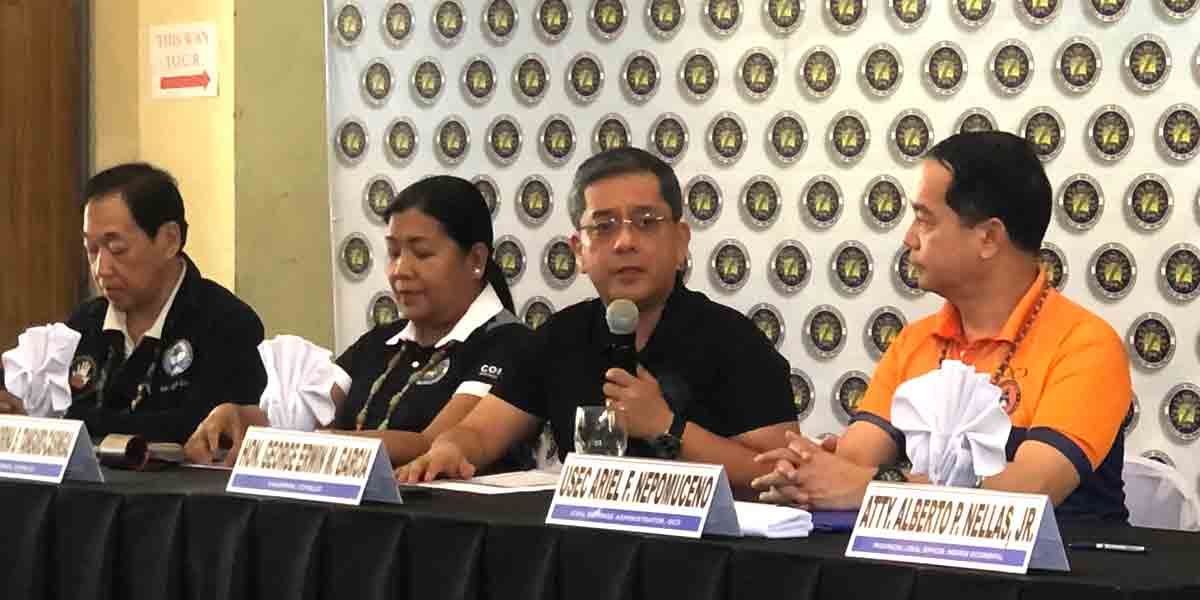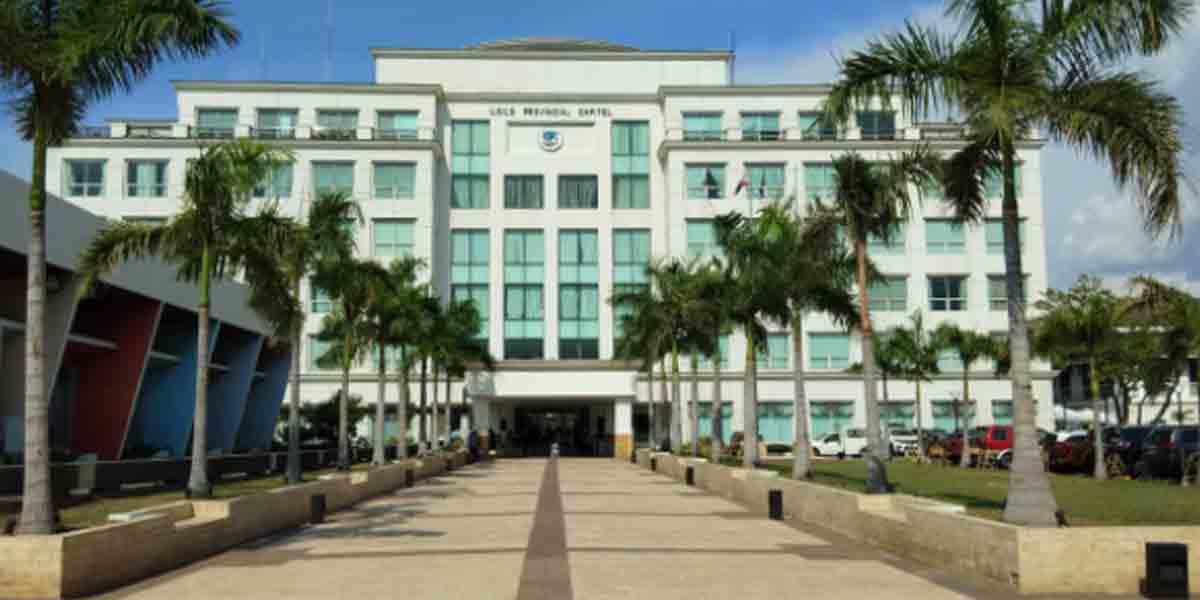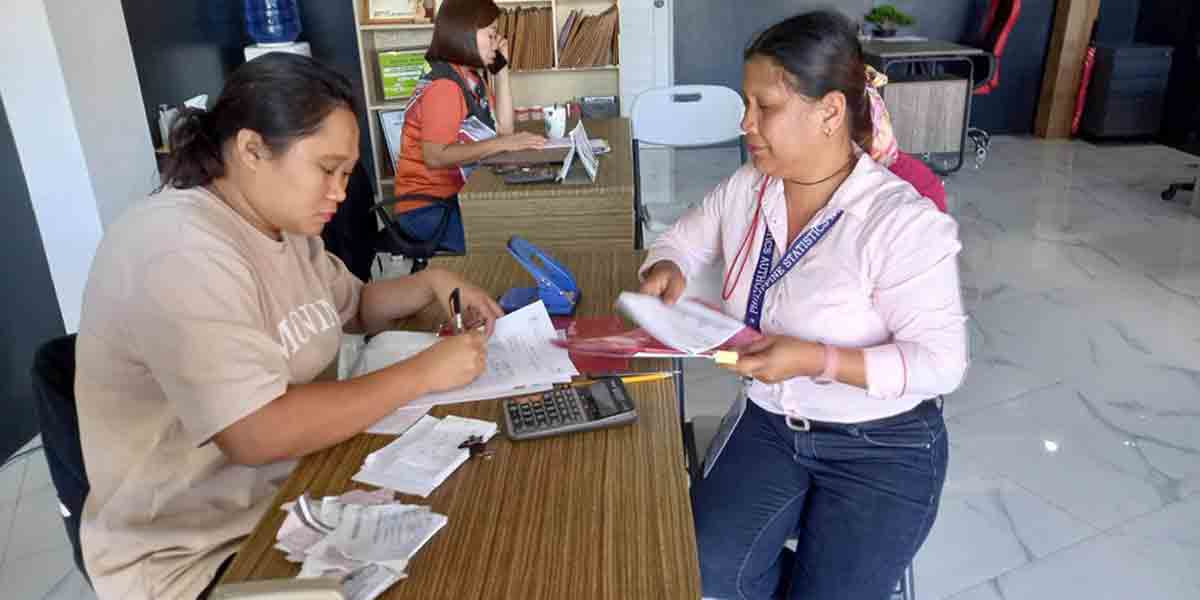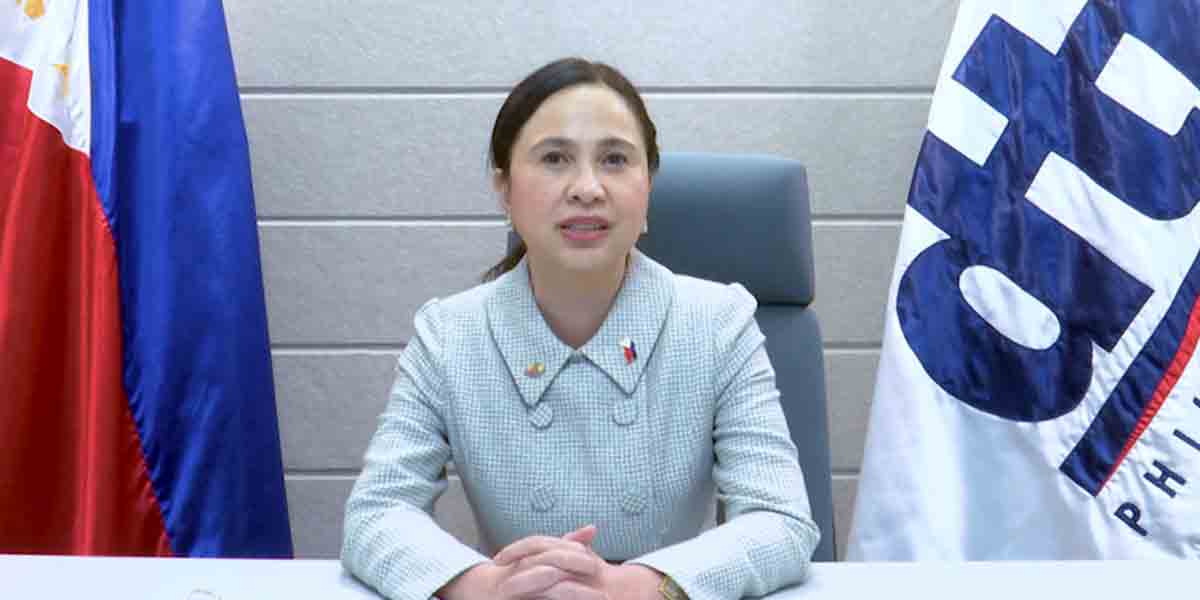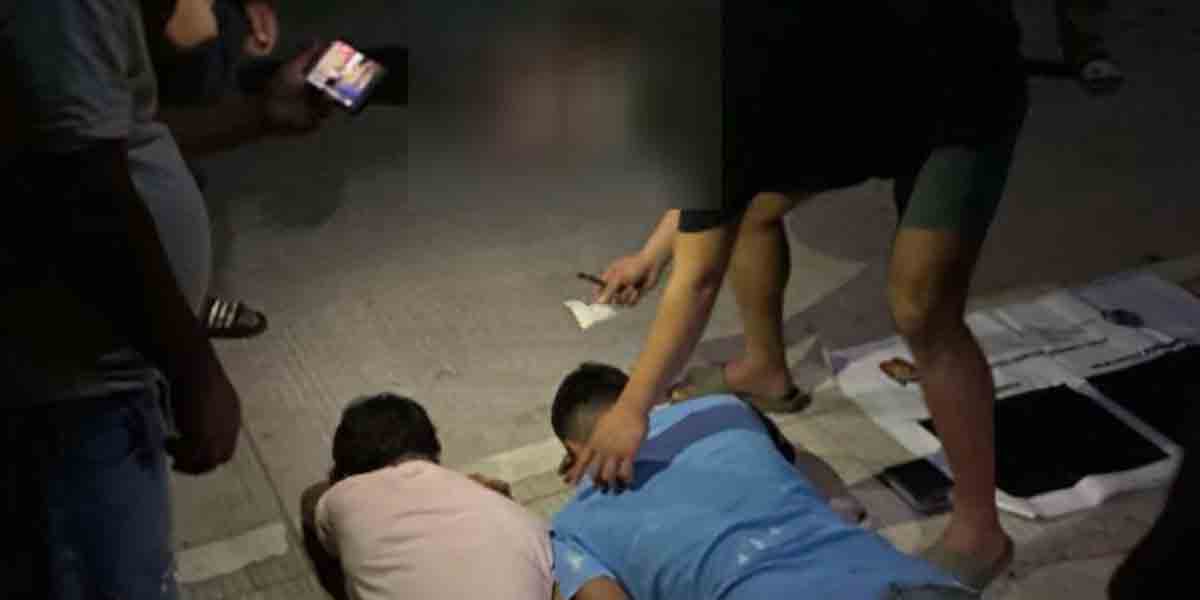By Juliane Judilla
Health workers across the country raised concerns following the Supreme Court’s oral arguments on March 4 regarding the Department of Finance’s (DOF) order for the Philippine Health Insurance Corporation (PhilHealth) to return ₱89.9 billion to the National Treasury.
The ₱89.9 billion in question comprises unused PhilHealth funds, originally sourced from government subsidies and member contributions. These funds are intended to provide health coverage for indigents, senior citizens, and persons with disabilities, supported by annual appropriations from the Department of Health and sin tax revenues, among other sources.
Petitioners, backed by Solicitor General Menardo Guevarra, argued that the funds should not have been repurposed for non-healthcare expenditures.
On March 4, Bayan Muna Party-list staged a picket protest outside the Supreme Court during the third day of oral arguments. Bayan Muna representatives, including Atty. Neri Colmenares, Atty. Karlos Ysagani, and legal counsel Atty. Cristina Yambot, have been vocal since the hearings began on February 4.
Under Section 11 of the Universal Health Care (UHC) Law, excess PhilHealth funds must be used to enhance benefit packages and reduce premium payments for members. The law explicitly prohibits the transfer of these funds back to the national government.
The UHC Law was intended to provide Filipinos with better health coverage and lower out-of-pocket medical expenses. However, many citizens continue to face limited access to quality healthcare and rising healthcare costs.
Jocelyn Santos “Alyn” Andamo, secretary general of Nurses United, warned that transferring PhilHealth funds to the National Treasury would worsen healthcare services.
“This will lead to insufficient healthcare provision, which is why we are calling on the Supreme Court to uphold the right to health,” Andamo said in an interview with The Daily Guardian.
She emphasized that the Supreme Court, during earlier arguments, stated that PhilHealth funds must be allocated exclusively for healthcare services.
“If the government has already used the funds in the first tranches, they should return the money to address the needs of the healthcare sector and the people,” Andamo added.
Health worker groups, including Andamo’s, highlighted that PhilHealth only covers a small portion of a typical Filipino’s hospital bill.
According to IBON Foundation Executive Director Sonny Africa, PhilHealth covers just 10.2% of a patient’s hospital expenses. In 2023, PhilHealth paid ₱122.4 billion in claims, a decrease from ₱129.6 billion in 2022. With inflation, Africa noted, the real value of PhilHealth’s coverage has further diminished.
“From the data we’ve gathered, only a small percentage is covered by PhilHealth. In fact, there are still many conditionalities and requirements before it can be fully accessed,” Andamo said.
“This is clear proof of the worsening crisis in the health sector, all while the people continue to suffer from poverty, and the budget for social services like health and education keeps shrinking,” she added.
The implementation of the UHC Law was delayed during the COVID-19 pandemic. PhilHealth Senior Vice President Renato Limsiaco Jr. admitted that the agency has yet to settle all claims from hospitals and doctors before transferring funds to the National Treasury in 2024.
Despite the concerns, the Marcos Jr. administration assured the public that PhilHealth remains viable and that the government is ready to support its programs. PhilHealth’s corporate operating budget for 2025 stands at ₱284 billion, but various groups argue that this amount is insufficient to meet the growing demands of the health sector.


